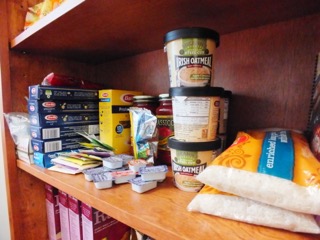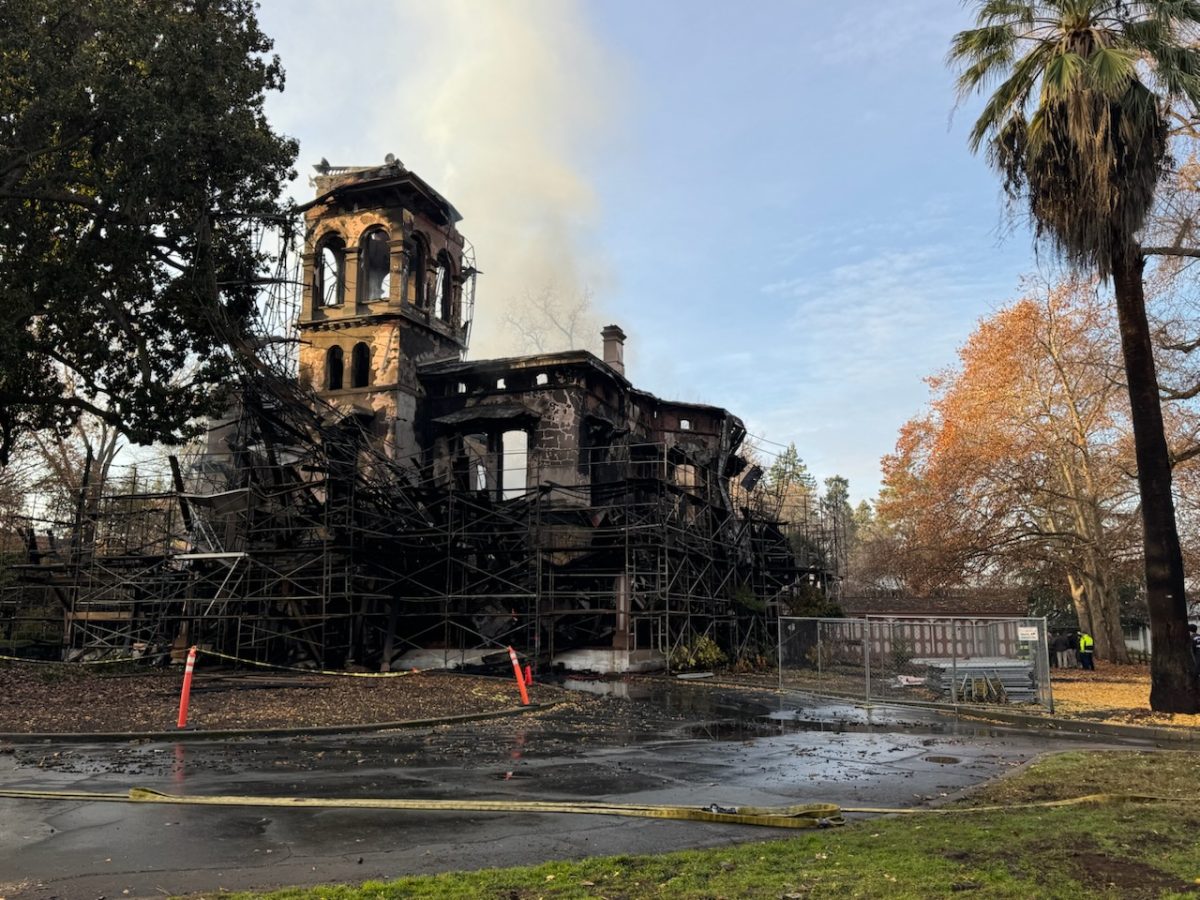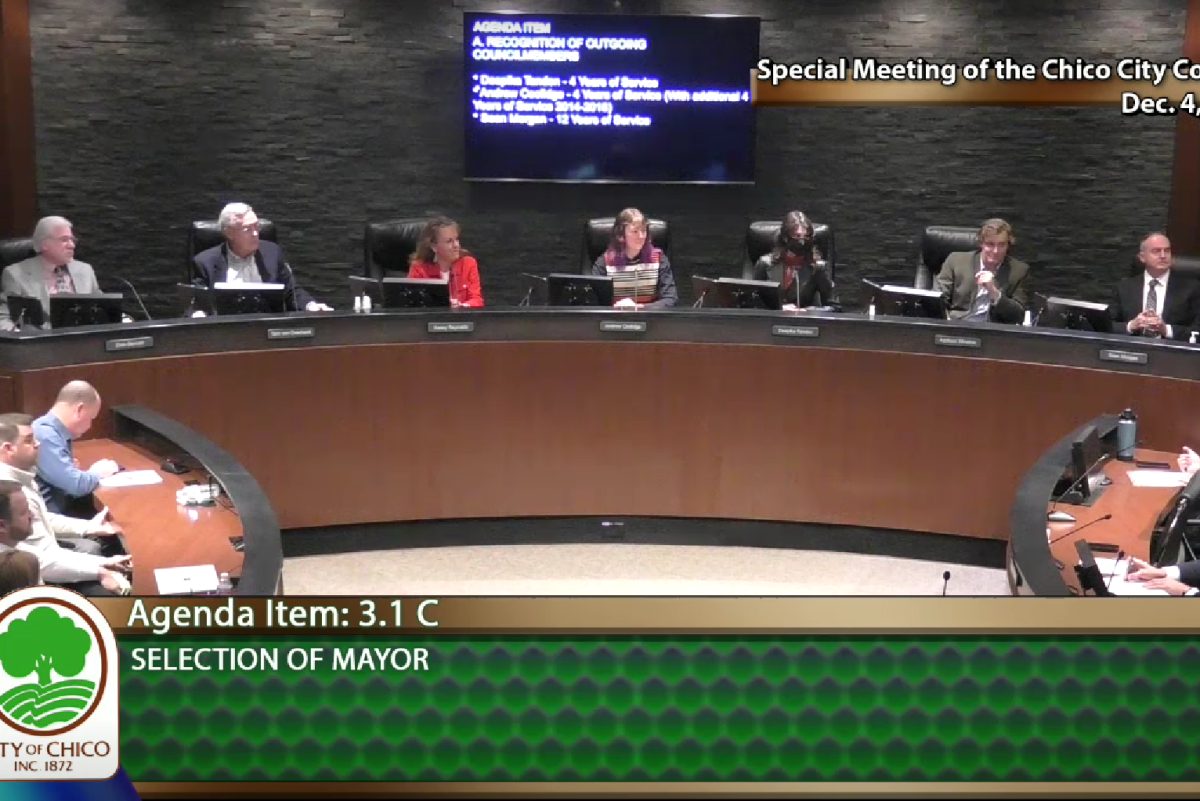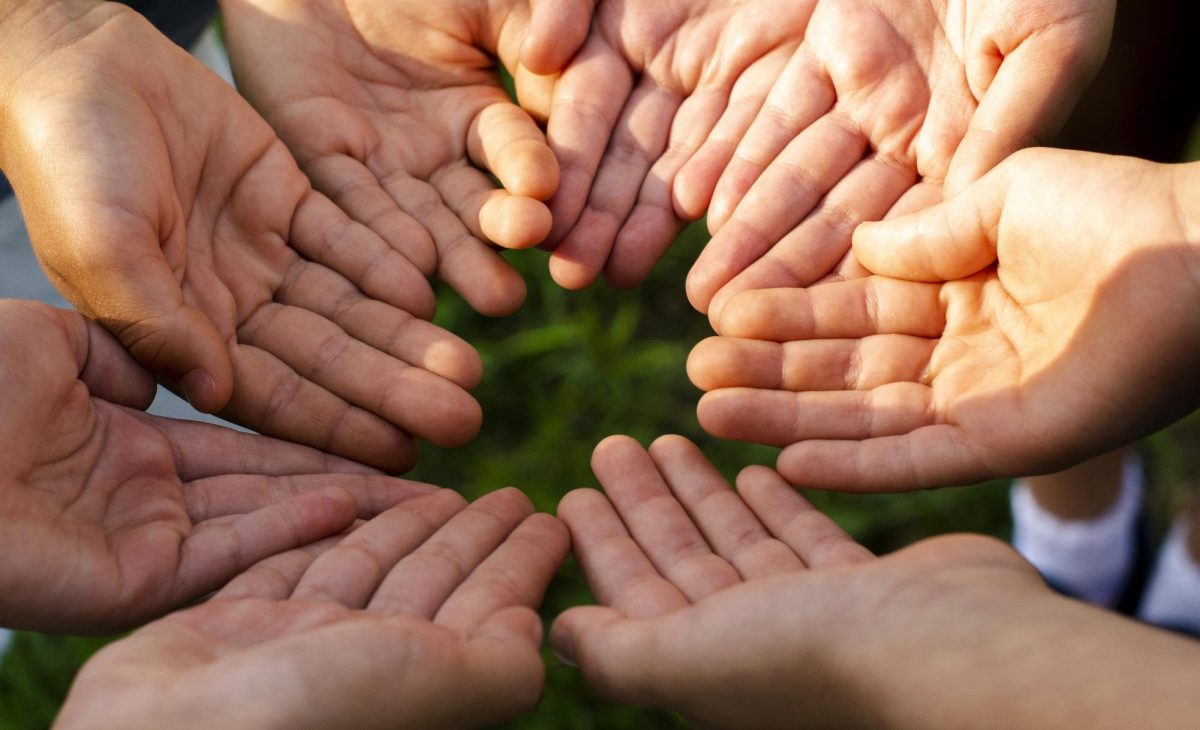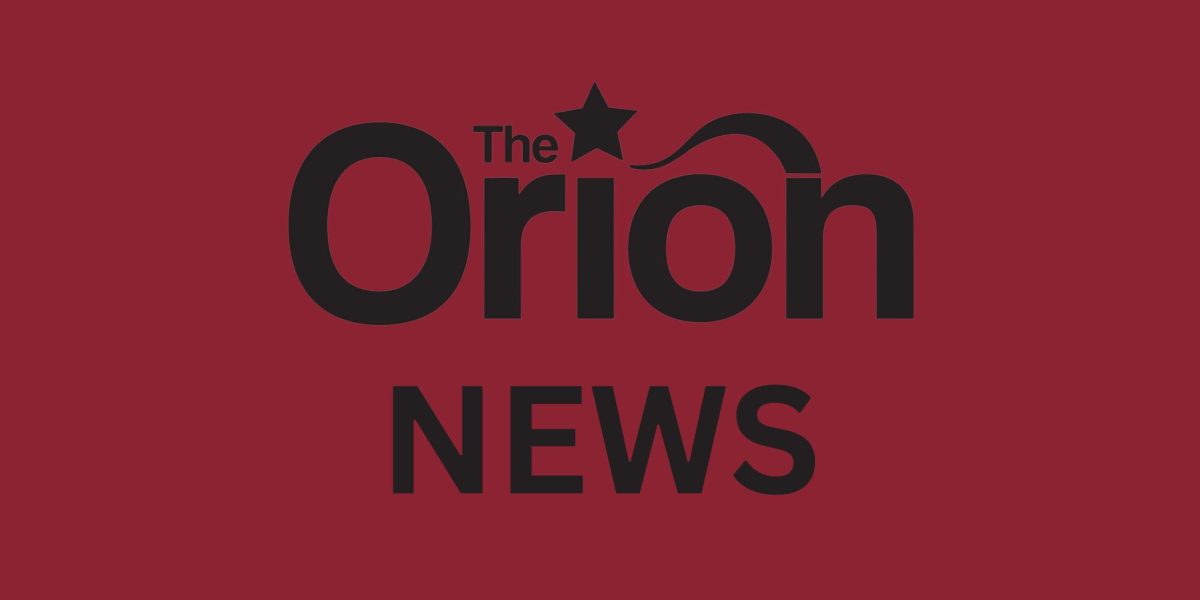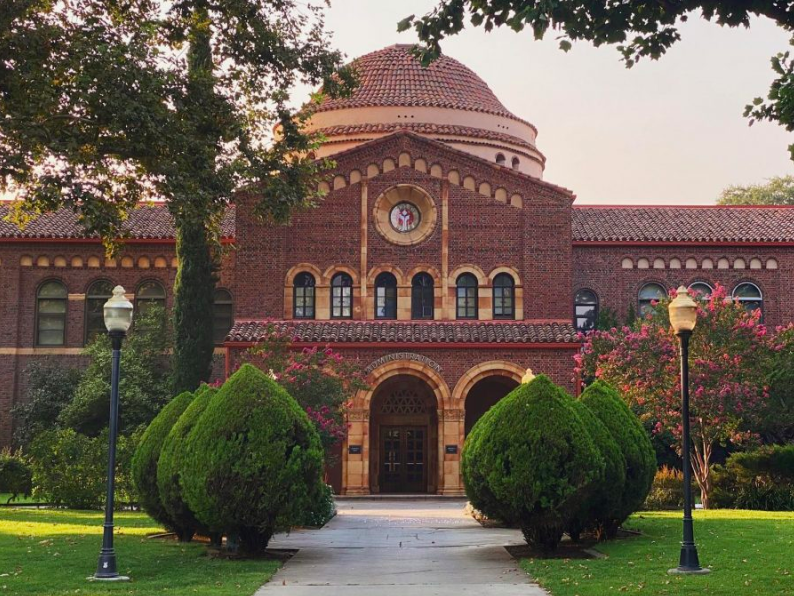Kathleen Moroney’s office is like no other on campus. Next to her desk and the other typical office furniture, Moroney has two bookcases full of food. There are shelves filled with rice, canned food, peanut butter and a box of squash and gourds lies on the floor.
Her office is home to the Wildcat Pantry.
Moroney started the Wildcat pantry in 2013 and initially supplied it with leftover cans of Campbell’s soup that were donated by the Jesus Center. Since then, the pantry has grown over the years to include donations from faculty and staff, students, Chico Food Project, Salvation Army and the Organic Vegetable Project.
Volunteers run and stock the pantry. It does not receive regular funding and subsists entirely on community and campus donation programs.
The pantry gained attention last year after the CSU’s Chancellor released a report on food insecurity, in which approximately 24 percent of students did not have a secure or reliable means of acquiring nutritious food.
“We really have come a long way with very few resources,” Moroney said. “At first I was afraid to mention (the pantry) until I knew that I could provide food for everybody on a consistent basis. And so building those relationships throughout the community and on campus has been so rewarding because now I feel pretty confident about our food supply, and that wasn’t the case when we first started.”
One of the pantry’s newest relationships is with AS Dining Services. The partnership began last year and helps minimize the food waste on campus. AS Dining Services now donates all of its unsold food to the pantry, which is then made available to students who are struggling with food insecurity.
“I want students to be successful,” Moroney said. “And sometimes if one thing goes wrong a student cannot graduate. And sometimes things get so overwhelming and they start to snowball, and if you could just take one stress away, help with one stress, it might make a difference.”
When the pantry first opened, it served about 30 people a year, Moroney said. Now, Moroney sees 150 to 175 students visit the pantry every month.
“When we first started, I would walk students over to the Student Services Center where we had a cabinet with food in it, and there were just so many students who hadn’t had a meal in a couple days,” Moroney said.
Moroney recalls one student whose story really struck her, she said.
“I called her carrot soup girl,” Moroney said. “Her parents were at home working two different jobs to help put her through college and she couldn’t ask them for money or any help for food. And she lived off carrot soup for a month before she heard about the pantry.”
That student now works with Moroney.
Moroney says the pantry works on an honor system, but now they are asking students to fill out a short form when using the pantry so they can collect data.
“When we first started I didn’t want students to feel like this is hard because everything is so hard,” Moroney said. “You don’t have to put your name, you can just put your student ID. But it is important to collect data if we ever want to get grants or funding.”
The data collected from the form will also help the pantry connect students with other opportunities on campus.
One upcoming opportunity is the “After Event Guest” mobile app from AS Dining Services.
Corinne Knapp, associate director of AS Dining Services, said the app would allow them to better connect with students in need.
“So one of the areas where we tend to see waste at times is at catering events,” Knapp said. “When a client orders, say, a buffet for 700 people and only 500 show up, well, we sent food for 700 people. And so the way the app will work is once the catering staff has cleaned up the room and the guests have left, they can do a push notification to students that have signed up for it. (The students) will be told what room to go to and they will be invited to consume the leftover food.”
The app is currently in beta testing and is expected to launch at the end of this year.
“The way students will get connected to (the mobile app) will really be students who are connected and tuned into the Wildcat Pantry,” Knapp said. “That is where students will most likely hear about this, learn about it and learn how to become a part of it.”
This partnership is one of the ways the Wildcat Pantry is looking to connect with students and better address food insecurity in the future.
“I want to remove the stigma and see students getting involved, so someday I want this to be just like financial aid,” Moroney said. “Like, here’s your tools for books, here’s your tools for food. I want it to be just part of the package you can get to help you be successful.”
“I kind of feel like that (the Wildcat Pantry) is something that isn’t going anywhere. I have a feeling that this is just going to be a part of college going forward,” Moroney said.



